ALSTROEMERIA INCA SAFARI
$3.11
Inca Safari has deep pink flowers with a lemon throat and maroon whiskers. The Inca Series of Alstroemeria have large flowers over an extended period, from November to April. They are tough plants which will grow happily in any sunny spot in the garden but they do need some summer irrigation.
Out of stock
About Of ALSTROEMERIA INCA SAFARI
A terrific choice for the cutting perennial garden. The plant is slow to emerge in spring but will grow quickly to begin producing a show of flowers by mid summer. Plant in sheltered area of garden and mulch in winter.
Scientific Name: Alstroemeria hybrida
Blooming Season: Early Spring, Spring, Late Spring, Summer
Plant Habit: Mounded
Height: 30 – 35cm
Exposure: Sun
Benefits & Uses of ALSTROEMERIA INCA SAFARI
1.Inca Alstroemeria Safari sets a whole new standard of vibrant flower power! If you fancy a tropical garden and are looking to heat it up with tones of vibrant orange and sunny yellow go for this one.
2.It is simply stunning on mass or mix it with blues and cooler hues. There are simply masses of flowers per plant, it flowers its head off so you might need to give it a good feed after flowering to help ensure fantastic flower performance for years to come.
3.Hardy and dwarf, with sturdy stems that require no staking. Long flowering and can be used as a cut flower. Creates a clump as matures.
4.Plants have the ability to synthesize a wide variety of chemical compounds that are used to perform very important biological functions.
5.A suitable flower suitable for traditional arrangements, always a perfect color highlight for seasonal vase arrangements.
Things you need to know about planting Alstroemeria Inca Safari
1.Keep the soil moist, as Alstroemeria produces the most blooms with moist soil and may become dormant if the soil becomes too dry. Don’t allow the soil to remain soggy, as excessively wet soil causes rot and fungal disease. Water the plant lightly during periods of dry winter weather.
2.Feed the plant in spring, using a general-purpose, time-release fertilizer. Apply the fertilizer at the rate recommended on the container and water the plant deeply to distribute the fertilizer. Repeat in midsummer and early autumn.
3.Spread 2 to 3 inches of mulch such as compost or shredded bark around the plant in spring. Mulch enriches the soil, keeps the roots cool, and extends the blooming period. Replace the mulch as it decomposes or blows away.
4. Pull the stems carefully after the blooms fade. Otherwise the blooms go to seed and blooming decreases. If the plants are immature and the stems don’t pull easily, cut them from the plant with pruning shears. However, pulling the stems is healthy for the plant because it stimulates new growth.
5. Divide Alstroemeria during spring, summer or fall if an older plant begins to appear woody, overcrowded, or nonproductive. Dig up a clump and pull the tuberous roots into smaller sections, each with at least four or five healthy roots. Plant the smaller sections in well-drained soil and full or partial sunlight.
Be the first to review “ALSTROEMERIA INCA SAFARI” Cancel reply
Related products
Uncategorized
Uncategorized
Uncategorized
Uncategorized
Uncategorized
Uncategorized
Uncategorized
Uncategorized

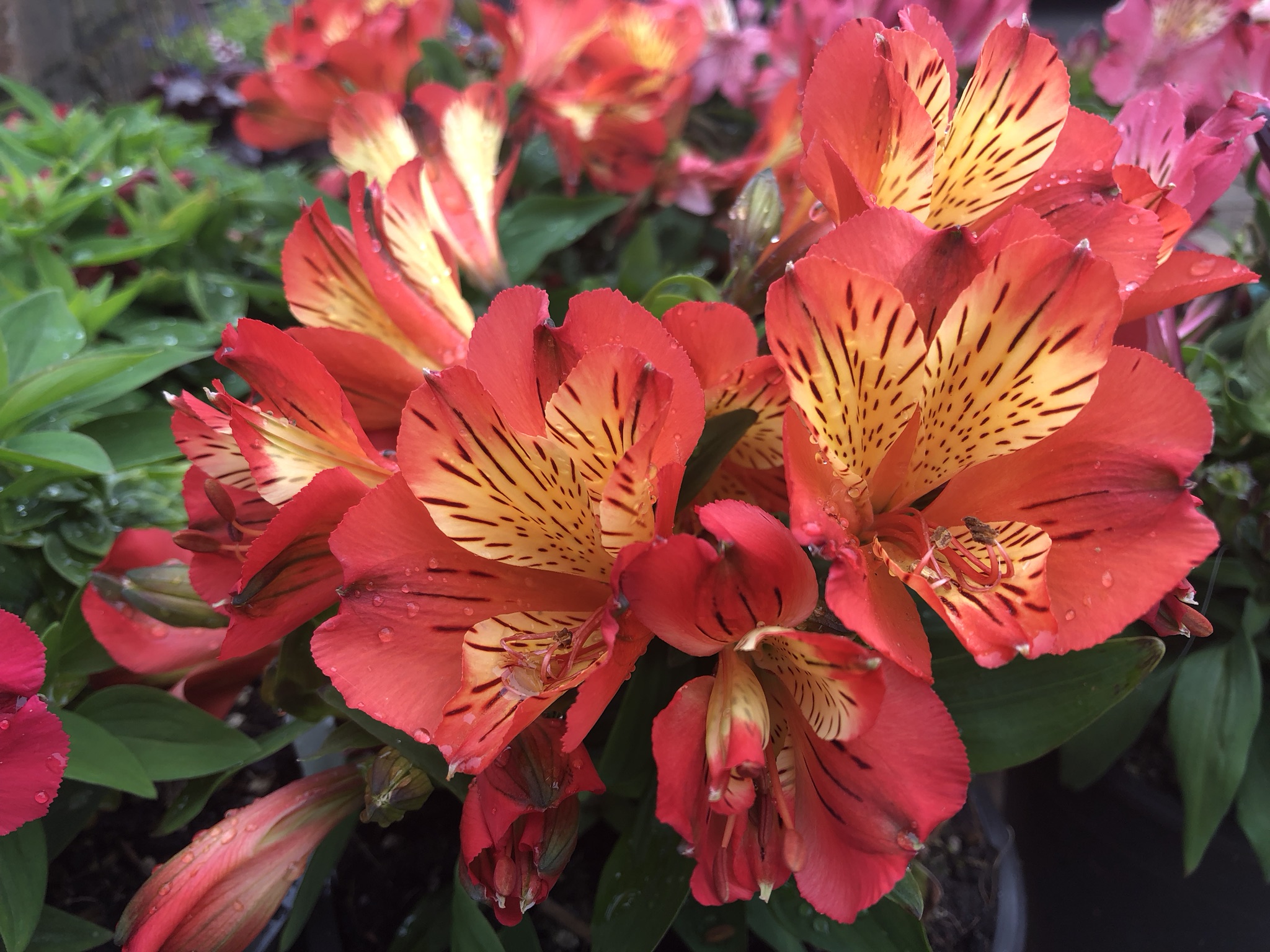

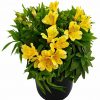
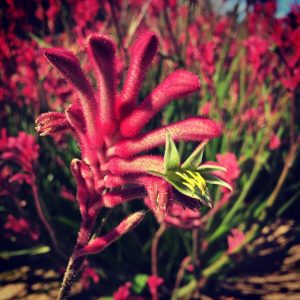
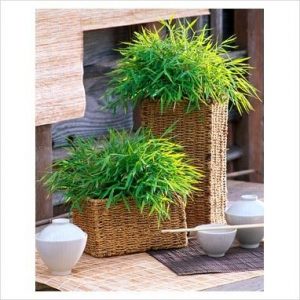
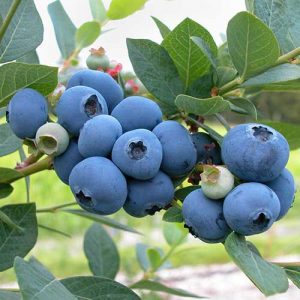
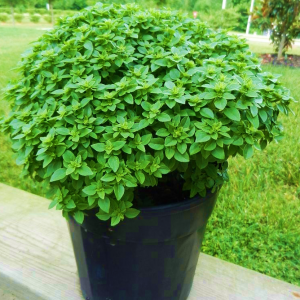
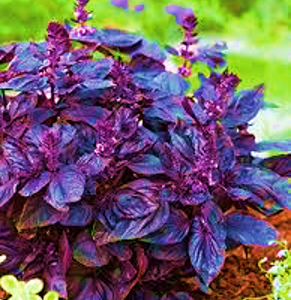
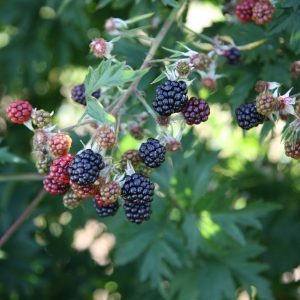
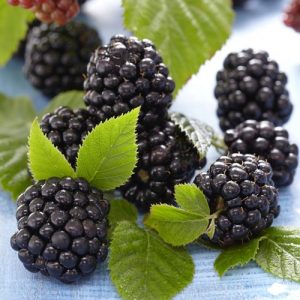
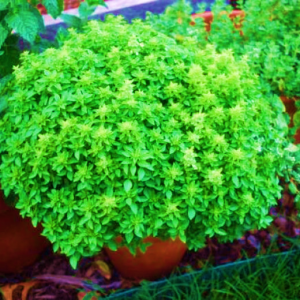
Reviews
There are no reviews yet.